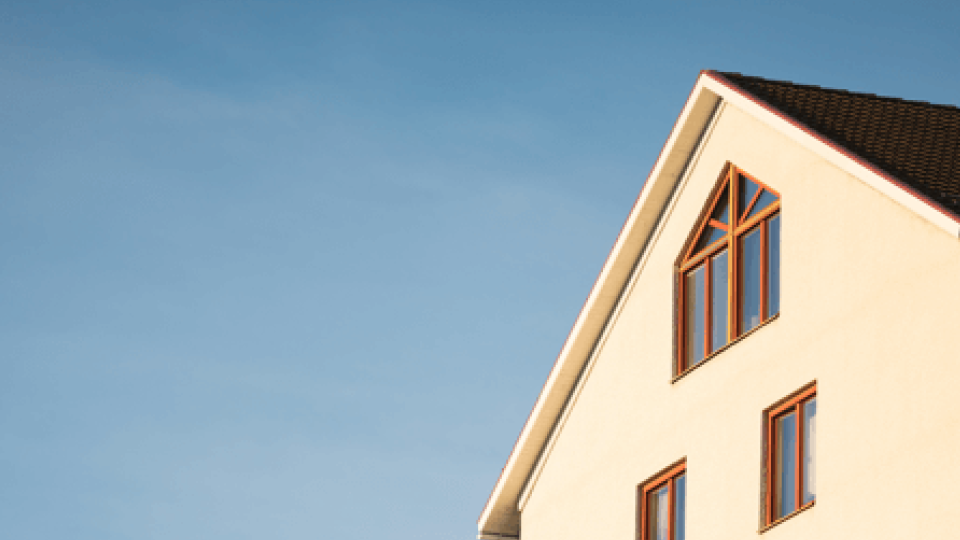
While it's easy to assume that 100 percent of your rental income will go straight into your pocket, that myth is based on nothing more than the hopes and dreams of those who have yet to purchase an investment property.
Smart professional landlords know that a percentage of their income - often a relatively high percentage is earmarked before it's deposited in savings. Taxes, insurance, unexpected repairs, and utilities all eat into the profits, and it's important to stay ahead of the game by calculating up your yearly projected expenses - and this includes maintenance.
Planning for maintenance allows you to set aside a portion of your rental income for upkeep, allowing you to perform routine maintenance on time, an important part of keeping your rental in good condition. One of the biggest problems with foregoing maintenance is that neglected maintenance often results in bigger problems and the need for more extensive and costly repairs. For example, that small leak in the roof can eventually lead to extensive mold damage or structural issues. A little bit of maintenance can go a long way towards preventing problems.
But how much should you plan to spend? While there's no way that you can foresee the exact dollar amount for upcoming annual maintenance, you can get pretty close. There are a few popular methods that professional landlords rely on, allowing them to plan how much they should set aside. For investors, using these estimates can help you to accurately assess whether or not the property is a financially-sound investment.
Ready? Here's how you can get started budgeting for maintenance.
One Percent of Property Value Formula
One of the simpler methods used to estimate maintenance is with a basic percentage formula. This rule says that you should budget for one percent of your property's value to be used for maintenance. So, if you have a $200,000 rental, plan to spend about $2,000 each year in basic maintenance. This is a handy estimate to use if you are trying to get a quick rough estimate.
Square Footage Formula
Estimating maintenance based on the home's square footage is another often-used formula. With this formula, add up the square footage and budget $1 per square foot, for yearly maintenance. So for a 2,500 foot rental, you could roughly expect to spend about $2,500 per year in maintenance.
Other Factors
While rough estimation guidelines are a great place to start (and miles better than nothing at all), for a slightly more precise estimate, consider the factors that directly influence the amount of maintenance a home will require such as:
- Age of the Property
The age of the property will have a major role in determining your annual maintenance expenses. Homes that are 10 to 15 years or older often require significant upgrades. In most cases, this includes everything from new electrical wiring, new siding, and a new roof.
- Condition of the Property
Similar to the age of the home, it's a good idea to take into account the property's overall condition. Houses that haven't been properly maintained will cost considerably more in annual maintenance, and more in renovations and repairs.
- Type of Property
Finally, the type of property that you own will affect the maintenance costs. If you have a residential, single-family home, you're going to be looking at higher maintenance costs that you would with a condo or home that's part of a HOA that collectively takes care of any exterior maintenance. Of course, in this case, you will have to budget for HOA fees.
- Other Risk Factors
Other risk factors include how harsh the climate is, and whether your rental is in a flood zone or an area prone to pest infestations.
How Much to Budget?
Which of these formulas are best? While each of these formulas can be a great way to quickly budget for maintenance, one of the best ways to get a realistic estimate is to take the average of the one percent rule, and the square footage formula, and then add in at least 10 percent for each additional factor, such as an aging property, or if your property is in a flood zone. These factors will all affect your maintenance budget.
So, say your property value percentage is $2,000
And your square footage estimate is $3,000
The average would be $2,500.
Then add an additional 10 percent for each additional factor. Say your property is an older home; add 10 percent, or $250. The total you should expect to spend is $2,750.
While there's no way to budget exact figures, this should give you a good general idea on how much you should plan to budget for maintenance costs each year.
Budget for Success
While many landlords dread the word maintenance, because they associate it with costly and unnecessary expenses, maintenance doesn't have to be expensive -and routine maintenance can even help you to save. According to GetRichSlowly, the national statistic on the Cash Value of Home Maintenance states that for every $1 that is spent on maintenance, up to $100 of repairs are avoided. This means that as a professional landlord, if you're looking to save, don't skimp on maintenance!
And don't forget to estimate maintenance when calculating the costs of a potential investment property. This will factor into your estimated yearly expenses, and will help you to determine if a property is a financially viable purchase.
Which maintenance estimation method do you prefer?
Back to Posts
